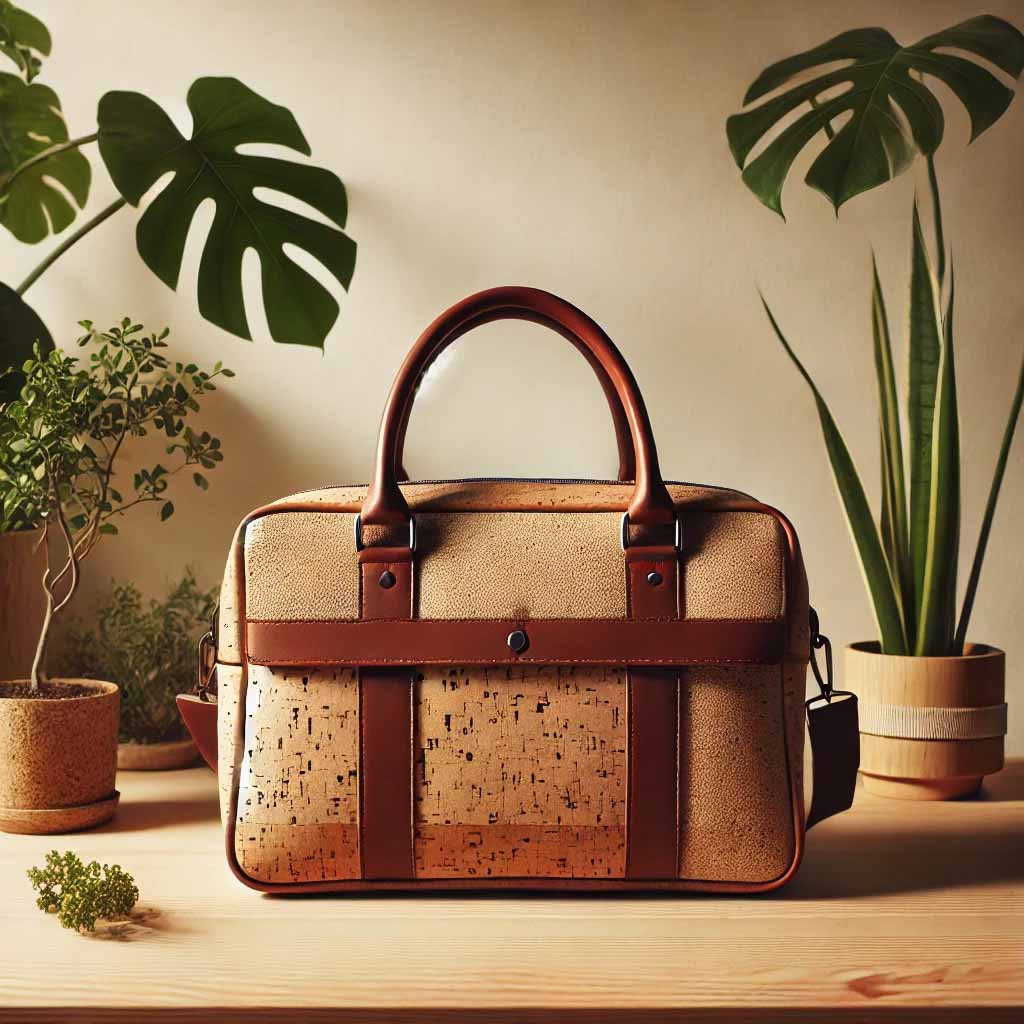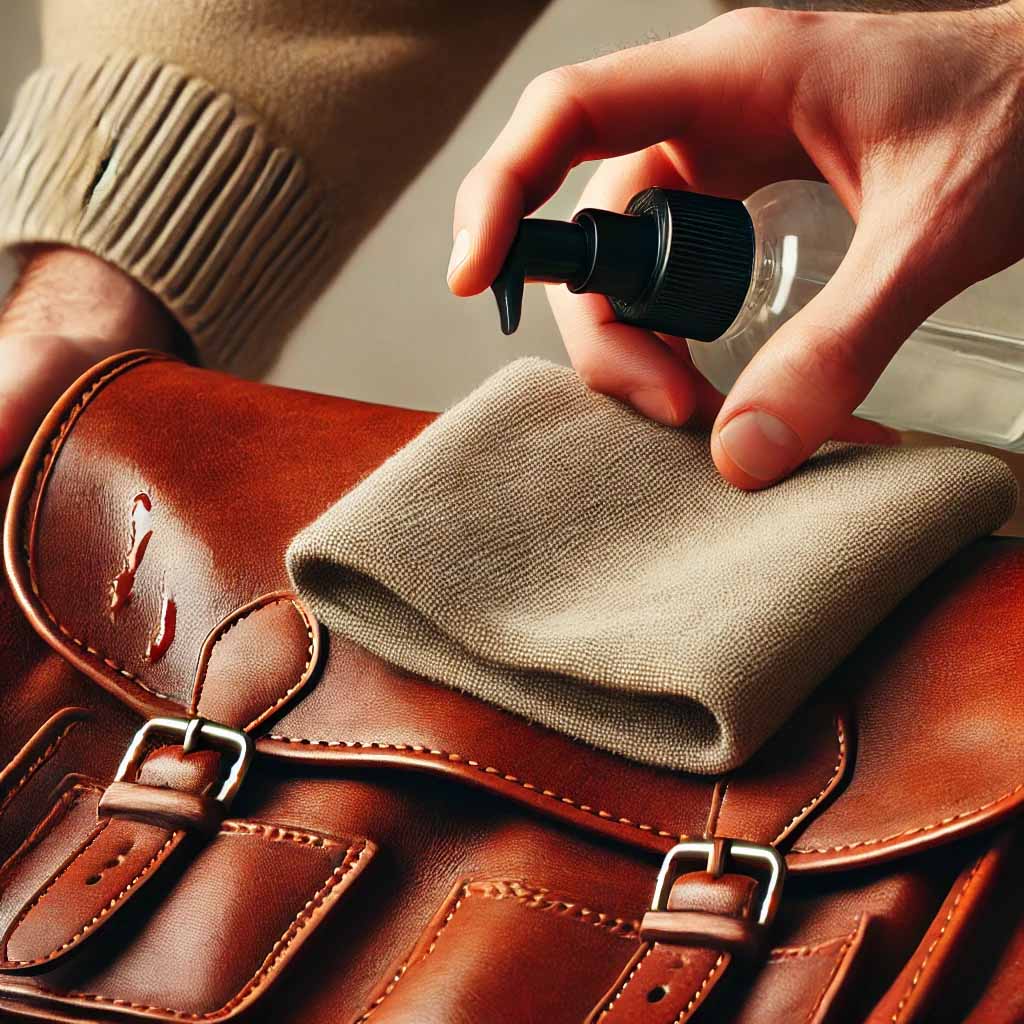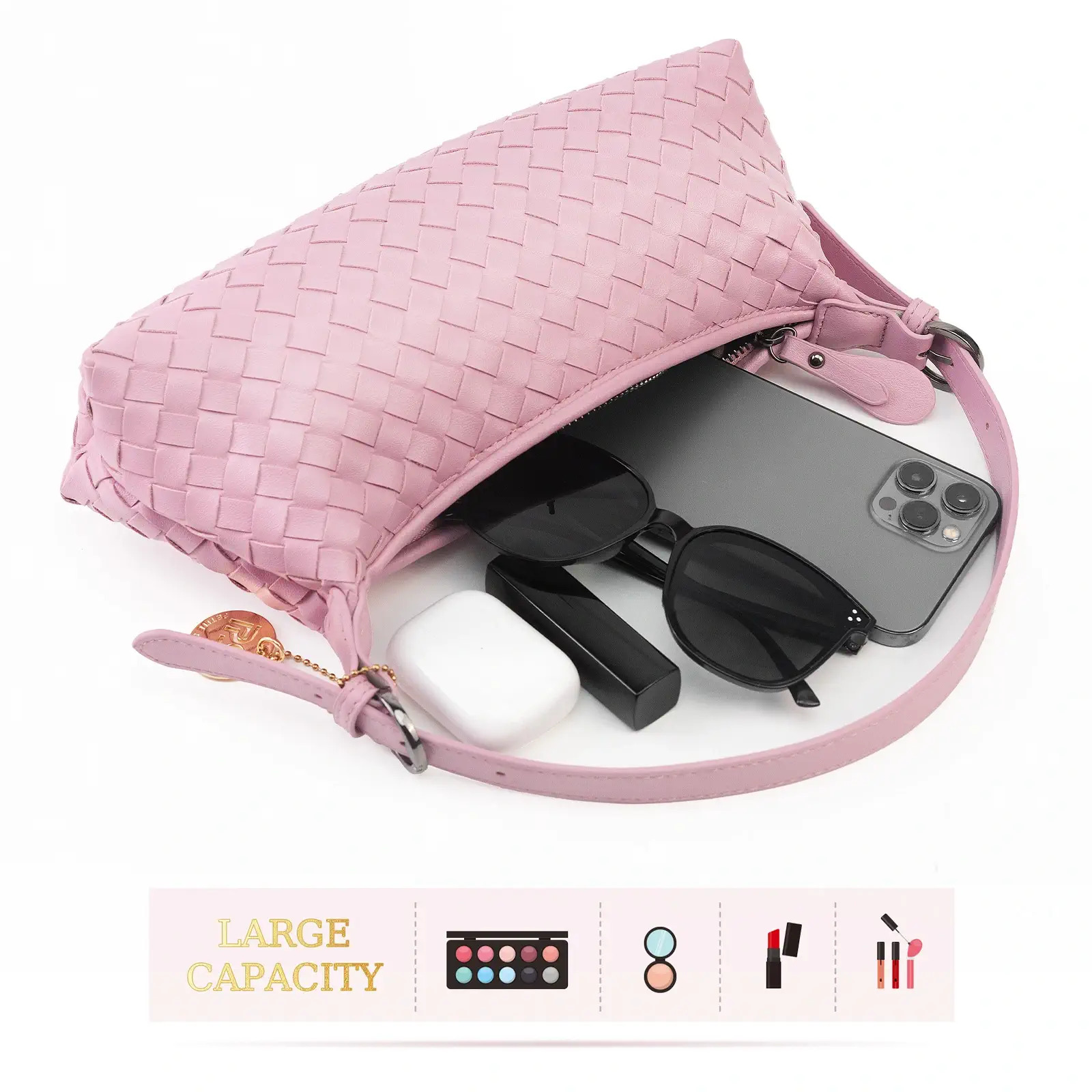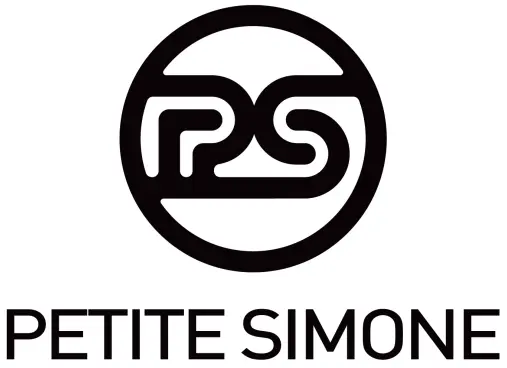HOME GUIDES THE DIFFERENCES BETWEEN VEGAN LEATHER AND FAUX LEATHER
The differences between Vegan Leather and Faux Leather
Written by Erin Sullivan
In today's era of conscious consumerism, the demand for ethical alternatives to traditional leather is growing.
Vegan leather and faux leather have emerged as popular choices, both aiming to replicate the look and feel of real leather while offering cruelty-free options.
However, these materials differ significantly in their origins, composition, and impact.
Vegan leather represents a broad category of materials specifically designed to avoid animal products.
It's crafted with sustainability in mind, often using innovative resources like pineapple leaves, apple peels, and mushrooms. This approach not only avoids animal harm but also promotes environmental sustainability.
Faux leather, on the other hand, is typically made from synthetic materials like polyvinyl chloride (PVC) and polyurethane (PU). It offers an affordable alternative to genuine leather but doesn’t inherently focus on ethical or environmental concerns.
What is Vegan Leather?

Definition and Origins
Vegan leather, often heralded as the cruelty-free alternative to traditional leather, emerged as a conscious choice for those seeking to align their lifestyle with ethical and environmental values.
This material, which imitates the look and feel of animal hide, owes its roots to the growing demand for sustainable and humane fashion solutions.
Unlike its traditional counterpart, vegan leather does not involve any animal products, making it an appealing option for vegans and eco-conscious individuals.
Common Materials Used in Vegan Leather Production
Vegan leather can be crafted from a variety of materials, ranging from plant-based substances to synthetic polymers.
Some of the most innovative vegan leathers are derived from natural resources such as pineapple leaves (Piñatex), apple peels, and cork.
These materials not only offer a sustainable alternative but also provide unique textures and characteristics that set vegan leather apart.
Additionally, polyvinyl chloride (PVC) and polyurethane (PU) are commonly used, although these synthetic options come with their own environmental concerns.
What is Faux Leather?

Definition and Origins
Faux leather, also known as synthetic leather, has been around for decades as a cost-effective substitute for genuine leather.
Originally developed in the early 20th century, faux leather was created to meet the demand for affordable, leather-like materials.
Its origins can be traced back to the development of synthetic polymers, which allowed manufacturers to produce durable and visually appealing alternatives to animal hides without the associated costs.
Common Materials Used in Faux Leather Production
Faux leather is typically made from synthetic materials like PVC and PU, both of which are derived from petroleum-based sources.
These materials are designed to mimic the appearance and texture of real leather, providing a visually convincing alternative at a fraction of the cost.
While these materials offer durability and flexibility, they also raise concerns about their environmental impact, as they are not biodegradable and can contribute to pollution during both production and disposal.
Vegan Leather and Faux Leather: Are They the Same?
Clarifying the Terminology
The terms "vegan leather" and "faux leather" are often used interchangeably, but they are not synonymous.
Vegan leather specifically refers to leather-like materials that are free from animal products, emphasizing ethical production practices.
Faux leather, on the other hand, is a broader term that encompasses all synthetic leather substitutes, regardless of their environmental or ethical implications.
Understanding this distinction is crucial for consumers looking to make informed choices.
Key Differences Between Vegan Leather and Faux Leather
While both vegan and faux leather aim to replicate the appearance of genuine leather, they differ significantly in terms of materials, ethics, and environmental impact.
Vegan leather is often preferred by those who prioritize cruelty-free and sustainable products, as it can be made from renewable resources and avoids animal exploitation.
Faux leather, while more affordable and widely available, is primarily petroleum-based and may not align with the values of eco-conscious consumers.
Production Processes
How Vegan Leather is Made
The production of vegan leather varies depending on the materials used.
Plant-based vegan leathers, like those made from pineapple leaves or apple peels, involve extracting fibers or pulp and processing them into a durable, leather-like material.
These natural materials are then treated and finished with non-toxic dyes and coatings to achieve the desired texture and color.
Synthetic vegan leathers, such as those made from PU, are produced by coating a fabric base with a layer of polyurethane, creating a flexible and resilient material.
How Faux Leather is Made
Faux leather production primarily involves the application of a plastic coating, such as PVC or PU, to a fabric base.
PVC faux leather is made by applying a layer of polyvinyl chloride to a base material, often polyester.
This process involves the use of chemical stabilizers and plasticizers to achieve the desired flexibility and durability.
PU faux leather, on the other hand, involves a similar coating process but uses polyurethane, which is considered to be less toxic than PVC.
Both methods aim to replicate the look and feel of genuine leather, though they differ in environmental and health implications.
Environmental Impact
Sustainability of Vegan Leather
Vegan leather's sustainability largely depends on the materials used in its production.
Plant-based vegan leathers, such as those derived from pineapple leaves, apple peels, or mushrooms, are celebrated for their lower environmental impact.
These materials are renewable, biodegradable, and often require fewer resources to produce than traditional leather.
However, synthetic vegan leathers, while animal-free, can still pose environmental challenges due to their reliance on petroleum-based products and the potential for pollution during manufacturing and disposal.
Environmental Concerns with Faux Leather
Faux leather, particularly PVC-based varieties, is associated with significant environmental concerns.
The production of PVC involves the use of chlorine and the release of harmful dioxins, which are persistent environmental pollutants.
Additionally, both PVC and PU faux leathers are non-biodegradable, meaning they can contribute to landfill waste and environmental pollution.
While faux leather offers a cruelty-free alternative to animal leather, its environmental footprint is a critical consideration for eco-conscious consumers.
Durability and Quality
How Long Does Vegan Leather Last?
The durability of vegan leather varies depending on the materials and manufacturing processes used.
High-quality vegan leathers, particularly those made from plant-based materials, can offer comparable longevity to genuine leather, with proper care.
However, synthetic vegan leathers may be prone to wear and tear over time, especially if they are made from lower-grade PU or PVC.
Regular maintenance, such as cleaning and conditioning, can help extend the lifespan of vegan leather products.
Longevity and Quality of Faux Leather
Faux leather, particularly PU-based varieties, is known for its durability and resistance to scratches and stains.
However, it generally does not age as gracefully as genuine leather, which develops a patina over time.
Faux leather can be prone to cracking and peeling, especially in extreme temperatures or with prolonged use.
While it offers an affordable and visually appealing alternative, its longevity may not match that of high-quality vegan or genuine leather.
Care and Maintenance
Best Practices for Maintaining Vegan Leather

Caring for vegan leather involves regular cleaning and conditioning to preserve its appearance and durability.
It is important to avoid harsh chemicals and abrasive materials, as these can damage the surface.
A gentle wipe with a damp cloth, followed by a light application of a vegan leather conditioner, can help keep the material supple and resistant to cracking.
Additionally, storing vegan leather products away from direct sunlight and extreme temperatures can prevent premature aging.
How to Care for Faux Leather

Faux leather is relatively low-maintenance compared to genuine leather, but it still requires proper care to extend its lifespan.
Regular cleaning with a soft cloth and mild soap can help remove dirt and grime, while avoiding exposure to direct heat and sunlight can prevent cracking and fading.
For PU-based faux leather, a specialized conditioner can be used to maintain flexibility and prevent drying out.
It's also advisable to avoid overloading faux leather bags or accessories, as excessive weight can cause stretching or deformation.
Aesthetic Appeal
Visual and Textural Differences Between Vegan and Faux Leather
Vegan leather and faux leather can vary widely in appearance and texture, depending on the materials and finishing techniques used.
Plant-based vegan leathers often exhibit unique textures and natural imperfections that distinguish them from synthetic counterparts, offering a more artisanal and organic look.
Faux leather, particularly high-quality PU varieties, can closely mimic the smoothness and grain of genuine leather, though it may lack the depth and character that natural materials provide.
Which One Looks More Like Real Leather?
When it comes to replicating the look of genuine leather, high-quality faux leather often comes closest.
PU-based faux leather, in particular, is designed to closely mimic the texture, grain, and sheen of real leather, making it difficult to distinguish from the real thing at first glance.
Vegan leather, while also capable of imitating genuine leather, may vary more in appearance due to the diverse range of materials used.
Plant-based vegan leathers, for example, may offer a more unique and distinctive aesthetic that sets them apart from traditional leather.
Health and Safety
Potential Health Concerns with Vegan Leather
The health impact of vegan leather largely depends on the materials and chemicals used in its production.
Plant-based vegan leathers are generally considered safe and non-toxic, as they are made from natural resources.
However, synthetic vegan leathers, particularly those made from PVC, may pose health risks due to the presence of plasticizers and other chemicals that can leach out over time.
Consumers should be mindful of the types of vegan leather they choose, opting for products that prioritize safety and sustainability.
Safety Considerations for Faux Leather Users
Faux leather, especially PVC-based varieties, can pose potential health risks due to the chemicals used in its production.
The release of volatile organic compounds (VOCs) from PVC can contribute to indoor air pollution and may have adverse health effects over time.
Additionally, the disposal of PVC faux leather can lead to the release of toxic substances into the environment.
Consumers concerned about health and safety may prefer PU-based faux leather, which is considered less harmful, or explore alternative materials.
Performance in Different Environments
How Vegan Leather Holds Up in Various Conditions
Vegan leather's performance in different environments depends on the materials used.
Plant-based vegan leathers are often more breathable and flexible, making them suitable for a range of conditions, from humid climates to colder temperatures.
Synthetic vegan leathers, while durable, may be more prone to cracking or stiffness in extreme temperatures.
Proper care and maintenance can help vegan leather products maintain their appearance and functionality across different environments.
Faux Leather's Performance in Different Climates
Faux leather is generally resistant to moisture and stains, making it a practical choice for various climates.
However, extreme heat or cold can cause faux leather to crack or become brittle, particularly if it is made from lower-quality materials.
PU-based faux leather tends to perform better in varying temperatures than PVC, which can become rigid and prone to damage in cold conditions.
Consumers should consider the specific climate and conditions in which they plan to use faux leather products to ensure longevity.
Vegan Leather in Fashion
Popular Fashion Brands Using Vegan Leather
Several fashion brands have embraced vegan leather as part of their commitment to sustainability and cruelty-free practices.
Brands like Stella McCartney, Matt & Nat, and Veja have made vegan leather a cornerstone of their collections, offering stylish and eco-conscious alternatives to traditional leather goods.
These brands are known for their innovative use of materials and their dedication to ethical production, making them leaders in the growing market for vegan leather.
Notable Products Made from Vegan Leather
Vegan leather has found its way into a wide range of products, from handbags and wallets to shoes and jackets.
Notable examples include Stella McCartney's vegan leather handbags, which are celebrated for their luxurious design and commitment to sustainability.
Similarly, Veja's vegan leather sneakers have gained a cult following for their chic appearance and eco-friendly materials.
These products demonstrate the versatility and appeal of vegan leather in contemporary fashion.
Faux Leather in Fashion
Popular Fashion Brands Using Faux Leather
Faux leather remains a staple in the fashion industry, with many brands offering a variety of faux leather products.
Brands like Zara, H&M, and Forever 21 have incorporated faux leather into their collections, providing consumers with affordable and fashionable alternatives to genuine leather.
These brands often use faux leather for items such as jackets, skirts, and accessories, offering a stylish yet budget-friendly option for fashion-conscious shoppers.
Notable Products Made from Faux Leather
Faux leather products are ubiquitous in the fashion world, ranging from classic biker jackets to trendy handbags.
Zara's faux leather jackets are particularly popular, known for their sleek design and affordability.
Similarly, H&M offers a range of faux leather skirts and pants that mimic the look of genuine leather without the associated cost.
These products highlight the enduring appeal of faux leather as a versatile and accessible material in fashion.
The Future of Vegan Leather and Faux Leather
Predictions for Vegan Leather Market Growth
The vegan leather market is poised for significant growth in the coming years, driven by increasing consumer demand for sustainable and ethical products.
As more brands embrace vegan leather, and as innovations in materials and production continue to advance, vegan leather is likely to become a mainstream choice for consumers across the globe.
This growth is expected to be fueled by a combination of environmental awareness, technological advancements, and a shift in consumer values toward more conscious consumption.
Future Trends in Faux Leather Production
Faux leather production is also expected to evolve, with a focus on improving sustainability and reducing environmental impact.
The development of bio-based polymers and the use of recycled materials are likely to play a key role in the future of faux leather.
Additionally, as consumer awareness of environmental issues continues to grow, there may be increased demand for faux leather products that prioritize ethical and sustainable practices, leading to further innovation in the industry.
FAQs
What is vegan leather made from?
Vegan leather can be made from a variety of materials, including plant-based resources like pineapple leaves, apple peels, and cork, as well as synthetic polymers like polyurethane (PU).
Is vegan leather biodegradable?
Some plant-based vegan leathers are biodegradable, but synthetic vegan leathers made from PU or PVC are not.
How do you care for vegan leather?
Regular cleaning with a damp cloth and the use of a vegan leather conditioner can help maintain the material's appearance and durability.
What is faux leather made from?
Faux leather is typically made from synthetic materials like polyvinyl chloride (PVC) or polyurethane (PU), which are applied to a fabric base.
Is faux leather as durable as real leather?
Faux leather can be durable, but it may not age as gracefully as genuine leather and can be prone to cracking or peeling over time.
How do you maintain faux leather?
Cleaning with a soft cloth and mild soap, along with avoiding exposure to extreme temperatures, can help extend the lifespan of faux leather products.
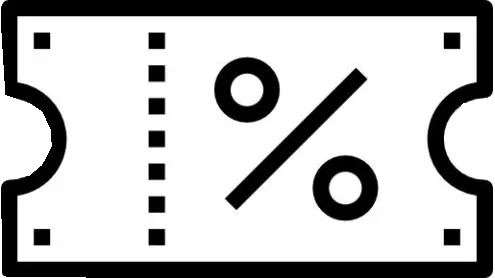
.webp)
